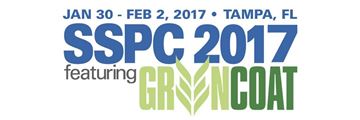Search
Products tagged with 'adhesion pull tests'
View as
Sort by
Display
per page
The Challenge of Balancing Adhesion and Corrosion Resistance in Waterborne Styrenated Acrylic Direct to Metal (DTM) Resins
Product Number:
51217-034-SG
Publication Date:
2017
$20.00
The Effect of Four Commercially Available Steel Decontamination Processes on the Performance of Internal Linings
Product Number:
41215-911-SG
Publication Date:
2015
$20.00
Why Do We Record the Attributes of a Coating Failure as a Result of an Adhesion Test?
Product Number:
51220-229-SG
Publication Date:
2020
$20.00



